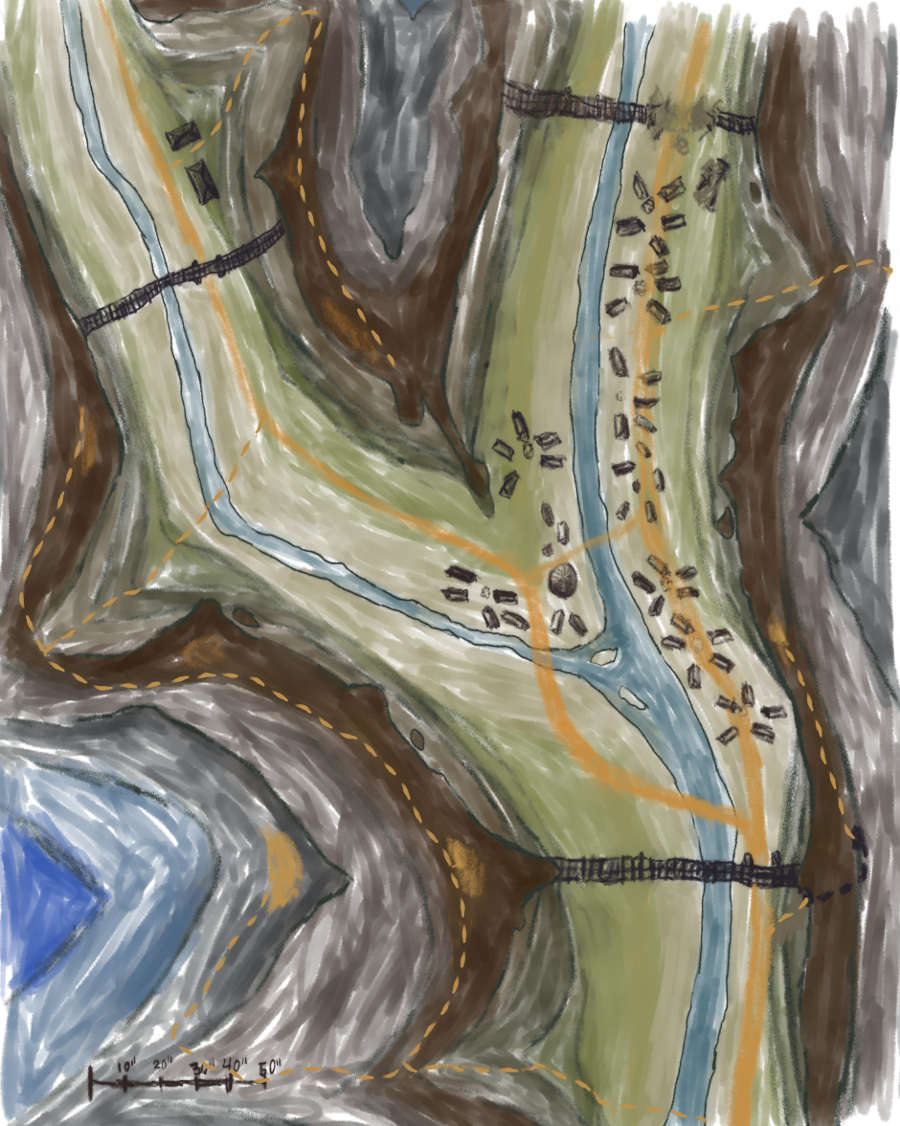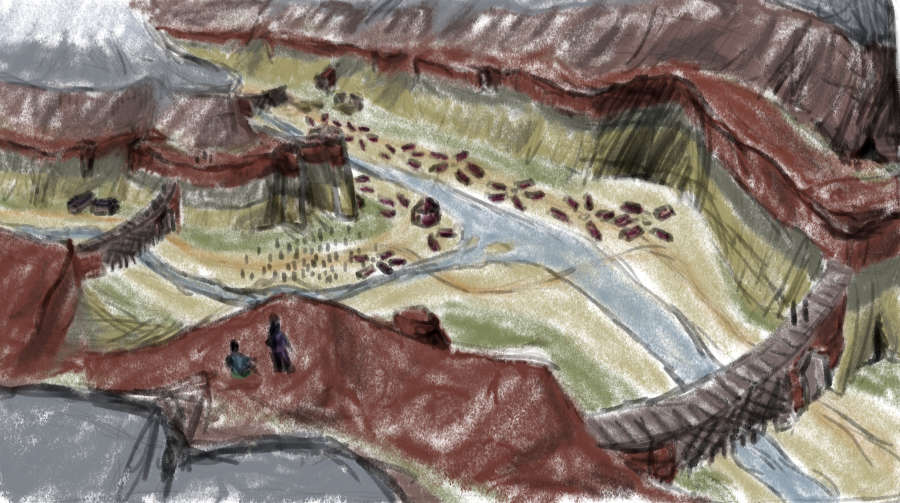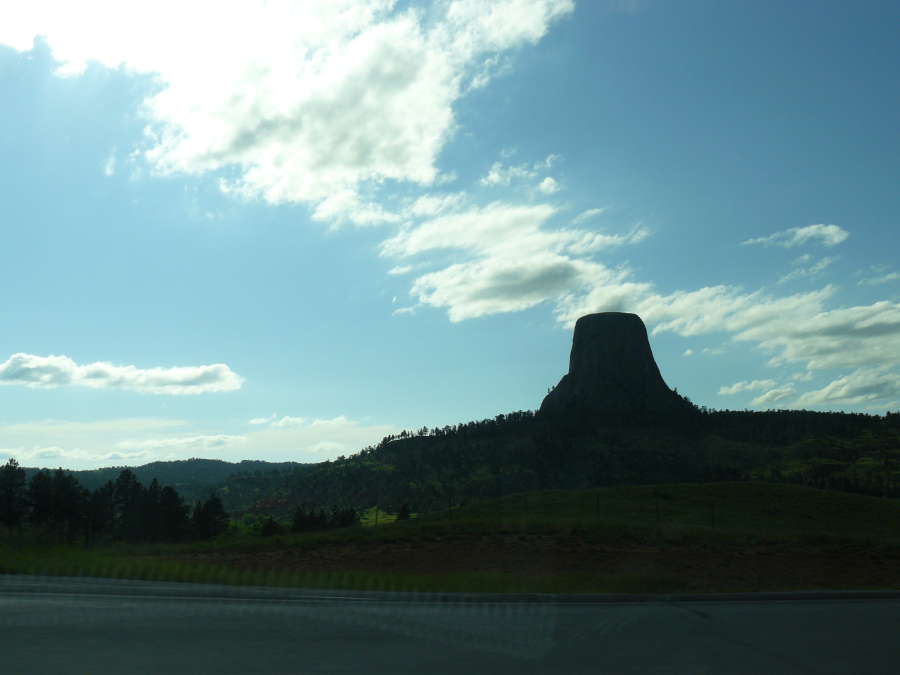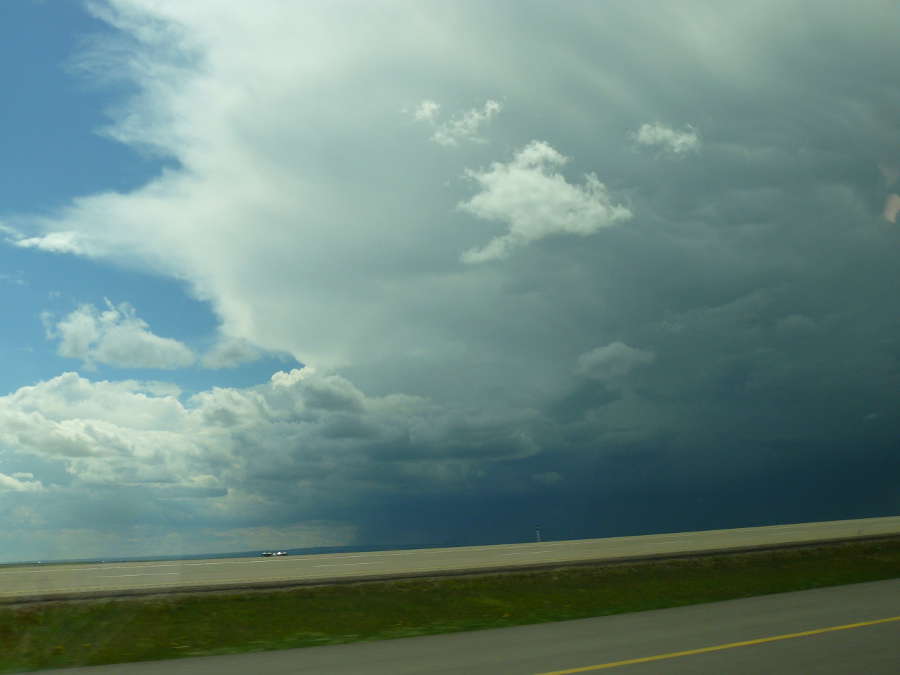 Location Taken: Somewhere in Alberta, Canada
Location Taken: Somewhere in Alberta, Canada
Time Taken: June 2010
I drove past the old mall in the town just south of where I lived to find that it was no longer there.
It was a failing mall, brought down by a combination of society shifting away from malls towards modern big box stores and the internet and from a new, much better designed mall built less than ten miles away that stole half of what business remained. It’s been half empty at best for years, or at least it was when I last visited it, what, three years ago?
So I suppose it made sense for them to tear it down. I don’t know what they’re going to put in its place, but having a half-empty mall at the center of your business area was probably blighting the local area some.
Still, it is a little startling to drive past a place where a massive building had been and see the wreckage left by the deconstruction process.
Especially since it eerily reminded me of a disaster I had heard about years ago, the Sampoong Department Store collapse, in Seoul, South Korea, back in 1995.
It’s a classic tale of corruption and the reason building codes exist, rather than a bombing or accident or earthquake or any of the usual list of reasons buildings collapse.
The trouble started early. The owner, Lee Joon, switched plans mid-construction from apartments to a department store. These have very different layouts, of course, so changes were done to what had already been built to convert it. Just little things, like adding escalators and opening up more space by removing a few support beams here and there.
When the construction company complained, Lee Joon decided to fire them and just make his own company to carry out his plans. He did a similar thing a few years later when he wanted to add a fifth floor to the building, without adding any additional support like the first building company he hired wanted.
And about that fifth floor, well, it ended up heavier than the other four floors. They put restaurants up there, with all the heavy kitchens and a heated concrete slab for traditional Korean dining (which, like many Asian countries, involves sitting on the floor).
They did have some concessions to safety, like the fire shielding they installed to prevent fires from going from floor to floor. If they hadn’t cut into the already insufficient support beams to install the shields, it might have actually been a beneficial change.
The last element was the large air conditioning units that were put, where else, on the roof. After all, if you’ve got a building with weak support beams, you really need massively heavy machines that vibrate all day long on top of them. And then you need to roll them across the roof when the shop below complains about the vibrations, ignoring the cracks that moving something that massive causes.
It’s actually somewhat impressive that the building managed to last for five years, when you add it all up.
Large cracks started showing up in the ceiling of the fifth floor in April 1995. The only response was closing up those areas so the customers wouldn’t get alarmed.
It was an early morning at the end of June when the air conditioners got fired up for yet another day of business. A couple hours later, the cracks started growing at a noticeable rate. Lee Joon and the rest of the executives did take action: they called in a few inspectors, ignored the inspector’s advice to fully evacuate the building (it was a busy shopping day, after all! Don’t want to lose out on the money!), and then evacuated only themselves.
Around one in the afternoon, loud banging sounds started up, as the cracks were growing fast enough to make noise.
Five in the afternoon, the top floor ceiling was visibly sinking. They decided to close the fifth floor, but kept the other four open.
And then, just before six, the support beams had had enough and the entire building came down, each floor pancaking into the one below, collapsing each in turn. It took less than twenty seconds.
Over 1,500 people, shoppers and employees alike, were trapped in the rubble. 502 of those never made it out alive. They were pulling people out more than two weeks later, the last survivor found after 19 whole days of being trapped.
Of course, this caused nationwide mourning and anger and fear (Seoul is worryingly close to North Korea, which as you may know does not like South Korea, to put it mildly). It didn’t take long for the investigation to turn towards the executives, though. Lee Joon ended up with seven years in jail for negligence (which, since he died of health issues a few days after being released, actually turned to be effectively a life sentence), and a few of the other people in charge were charged and sentenced as well.
The primary impact, however, was the South Koreans all of a sudden paying attention to how much corruption was in the government, especially in those who approve and inspect buildings. These days, South Korea has much more stringent building codes, with much less room for bribery and deceit to happen, a change for the better. But it should not have taken 502 lives to reach that change.
If you want to know more, I recommend the video I learned about it from, an hour-long episode on the subject from a series called Seconds From Disaster. It’s a little hyped up (but then, what TV documentary series isn’t hyped up these days?), but still a fascinating look at the things that go into disasters like this. If you don’t have an hour, here’s a 3-minute video showing some of the footage.
Oh, and if you’re wondering why I have a photo of clouds up top when I’m talking about malls and disasters, well, it turns out I don’t really have any photos of any malls, and well, I do have lots of fantastic cloud photos that are hard to talk about. And “Gathering Storm Clouds” seemed at least obliquely appropriate…
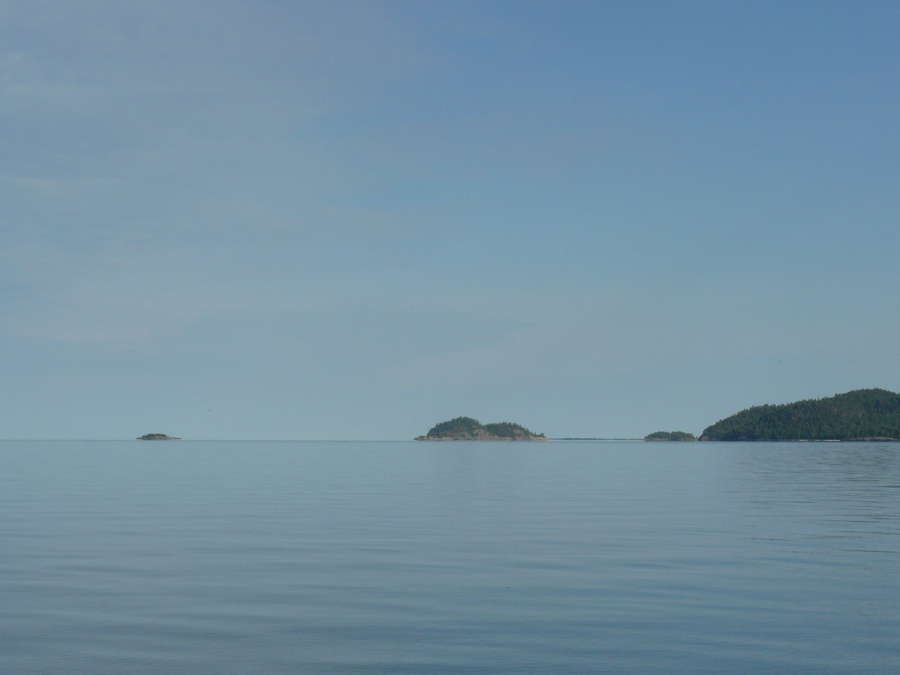 Location Taken: Agewa Bay, Ontario
Location Taken: Agewa Bay, Ontario
